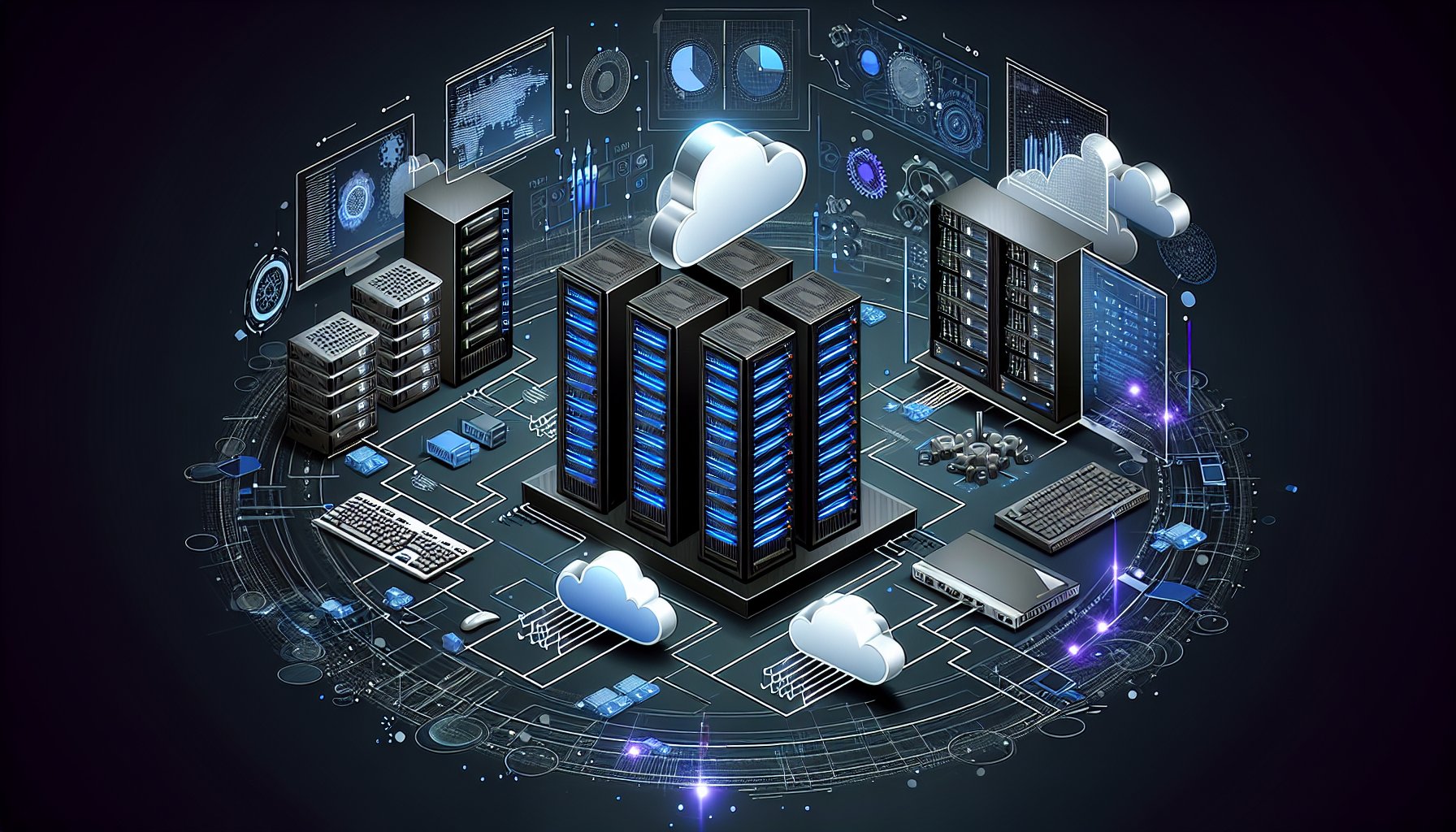Introduction
As we navigate through the high-tech landscape of 2025, DevOps has proven to be more than just a buzzword. It is a game-changing approach that bridges the gap between development and operations, fostering better communication, collaboration, and integration in the IT ecosystem. This blog post will explore the cutting-edge DevOps practices that are revolutionizing the way we develop, deploy, and maintain software.
Continuous Integration and Continuous Deployment (CI/CD)
CI/CD is the heartbeat of modern DevOps practices, enabling teams to integrate changes and deploy solutions rapidly. With tools like Jenkins X and Spinnaker, developers can automate the build, test, and deployment processes, significantly improving efficiency and reducing the risk of errors.
Code Example:
pipeline {
agent any
stages {
stage('Build') {
steps {
echo 'Building...'
}
}
stage('Test') {
steps {
echo 'Testing...'
}
}
stage('Deploy') {
steps {
echo 'Deploying...'
}
}
}
}
Infrastructure as Code (IaC)
The virtualization of infrastructure is a key element in the DevOps world. IaC allows developers to manage and provision data centers through machine-readable definition files, rather than physical hardware configurations. Tools like Terraform and Pulumi have emerged as leaders in this space, providing cloud-agnostic approaches to manage infrastructure.
Microservices and Containers
The monolithic architectures are a thing of the past, and the future is microservices. This architectural style breaks down applications into small, loosely coupled services that can be developed, deployed, and scaled independently. Coupled with containerization technologies like Docker and orchestration platforms like Kubernetes, microservices enable businesses to achieve scalability and resilience like never before.
Serverless Computing
Serverless computing is a paradigm shift in cloud computing, abstracting away the server management and capacity planning. This allows developers to focus on writing code, while the cloud provider manages the underlying infrastructure. AWS Lambda and Azure Functions are leading the charge in this space, providing on-demand, scalable compute resources that are billed per usage.
Conclusion
DevOps is revolutionizing the way we build and deliver software, driving a culture of collaboration and shared responsibility. By adopting these cutting-edge practices and tools, businesses can accelerate time-to-market, enhance software quality, and streamline their IT operations.
The future of DevOps is bright, and it's here to stay. Stay ahead of the curve by embracing these innovative approaches and technologies, and continue to drive business value through IT excellence.
Key Takeaways
- CI/CD is the cornerstone of modern DevOps practices, enabling rapid integration and deployment.
- IaC is transforming the way we manage and provision infrastructure.
- Microservices and containers are paving the way for scalable, resilient applications.
- Serverless computing is changing the cloud landscape, allowing developers to focus on code over infrastructure.
